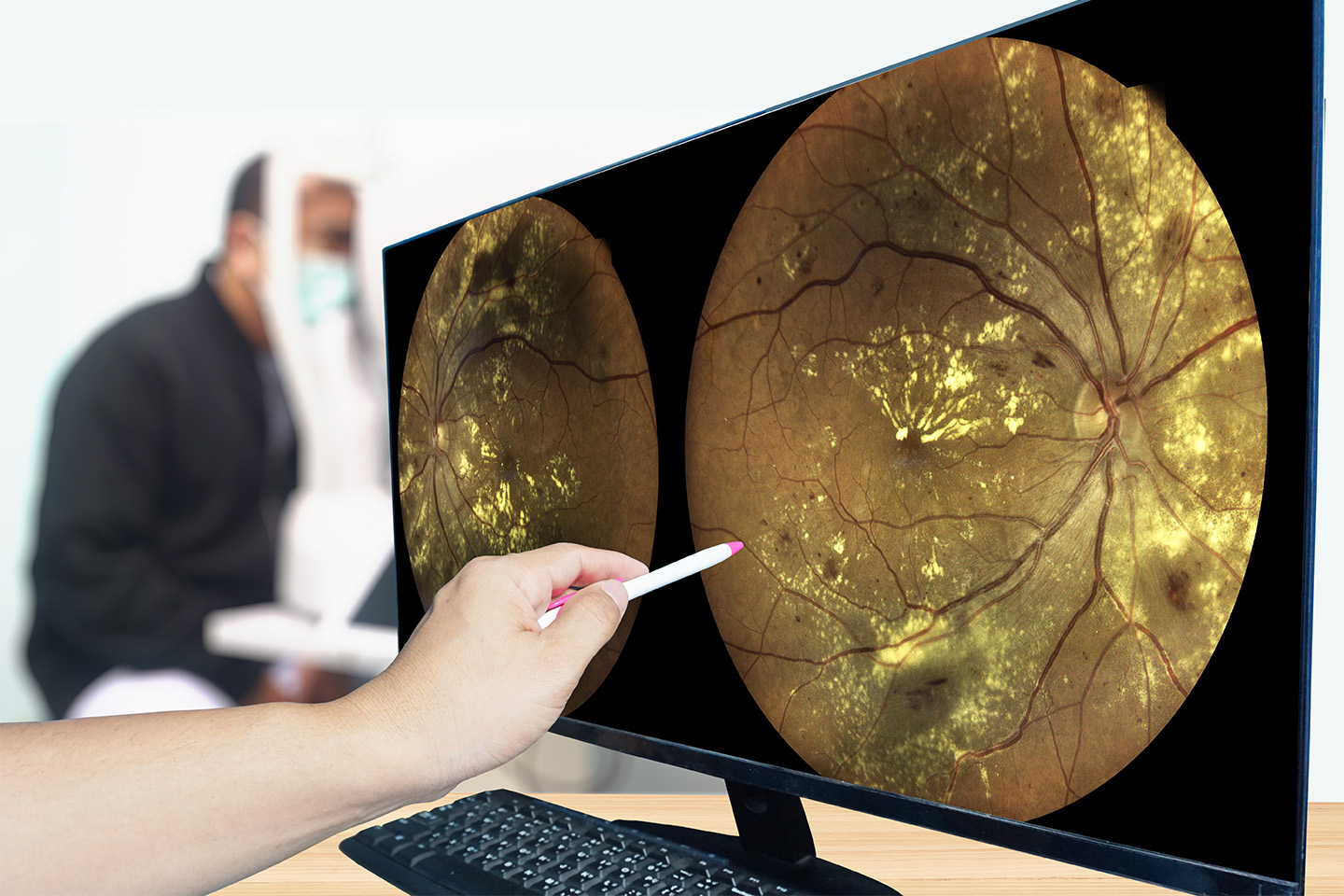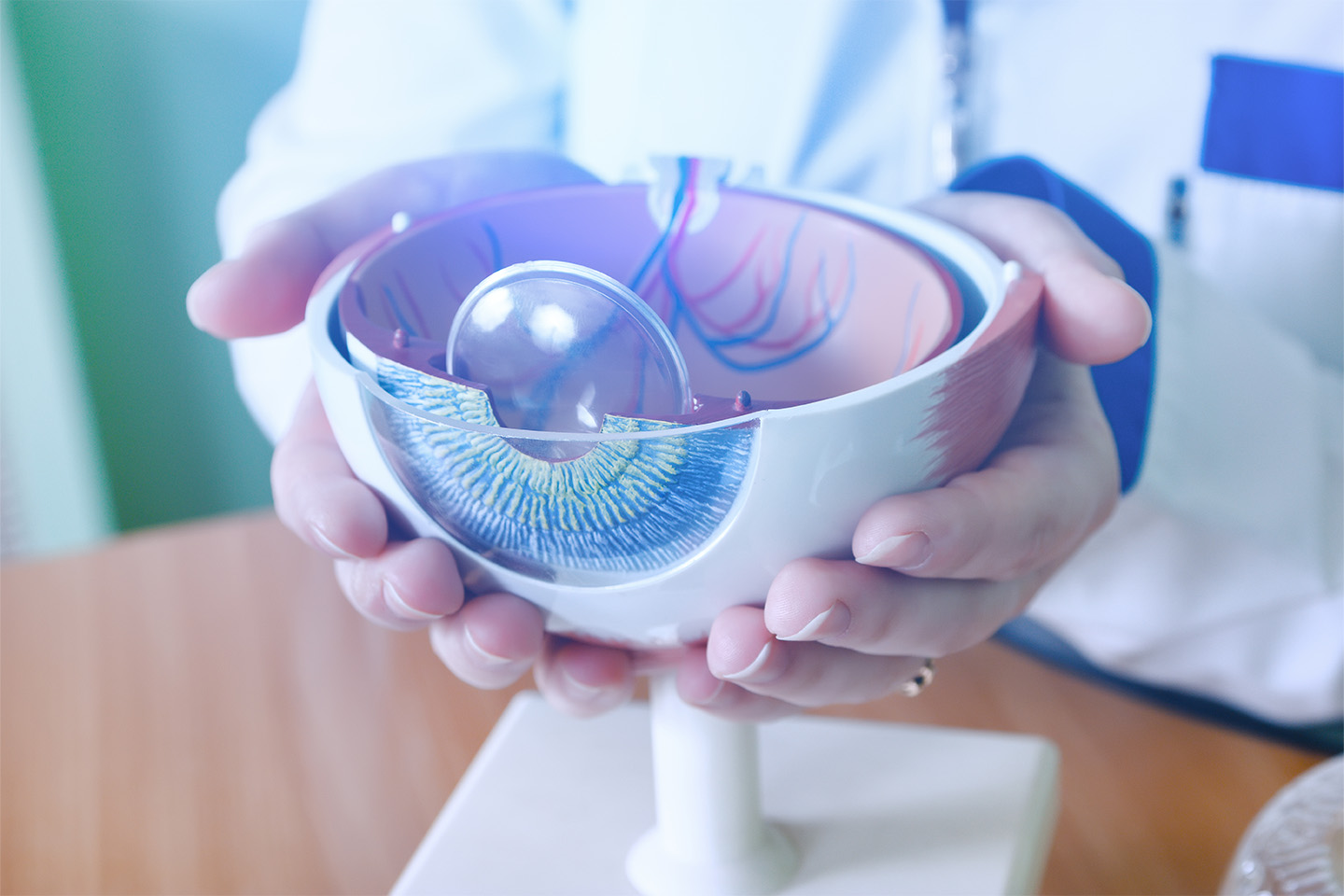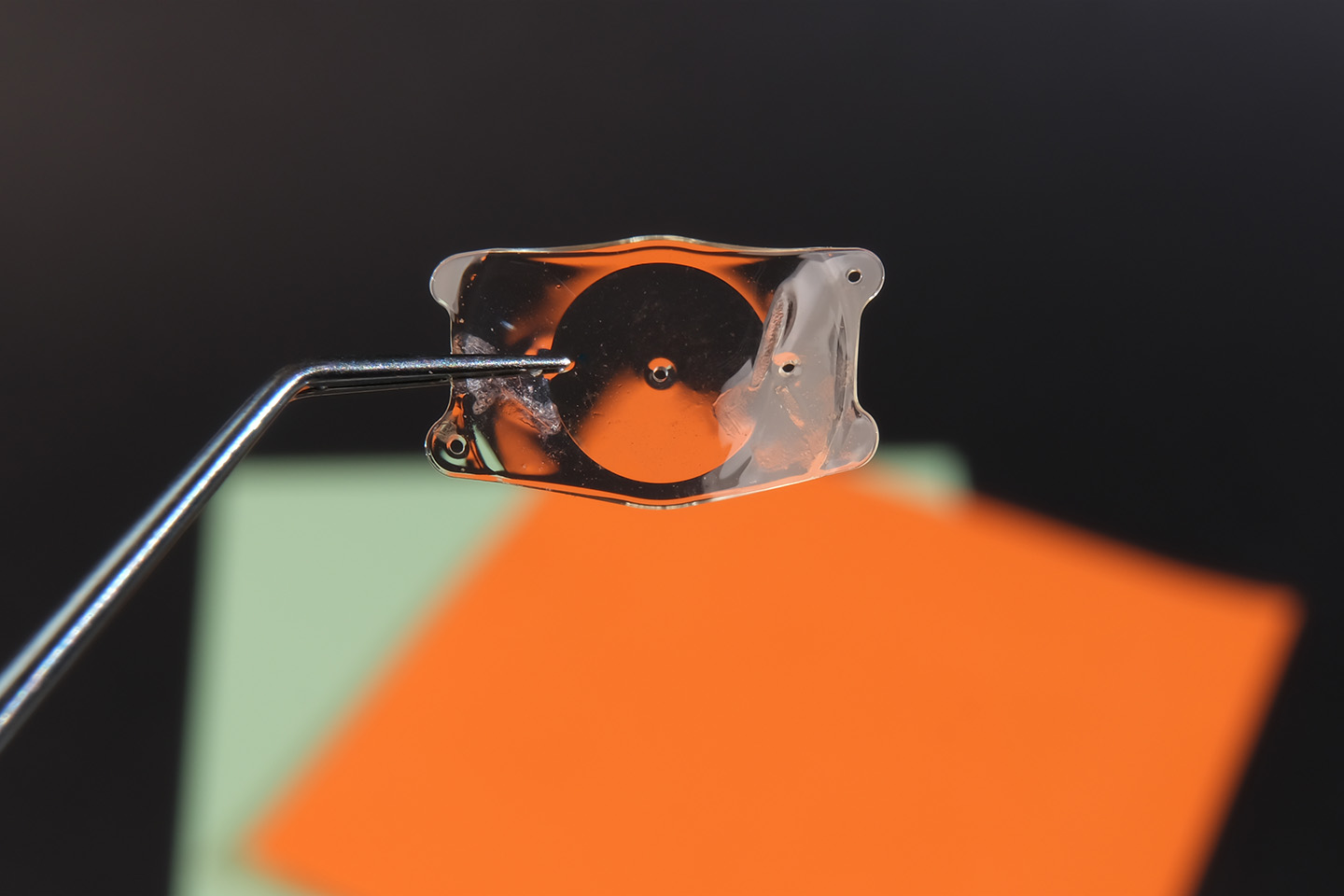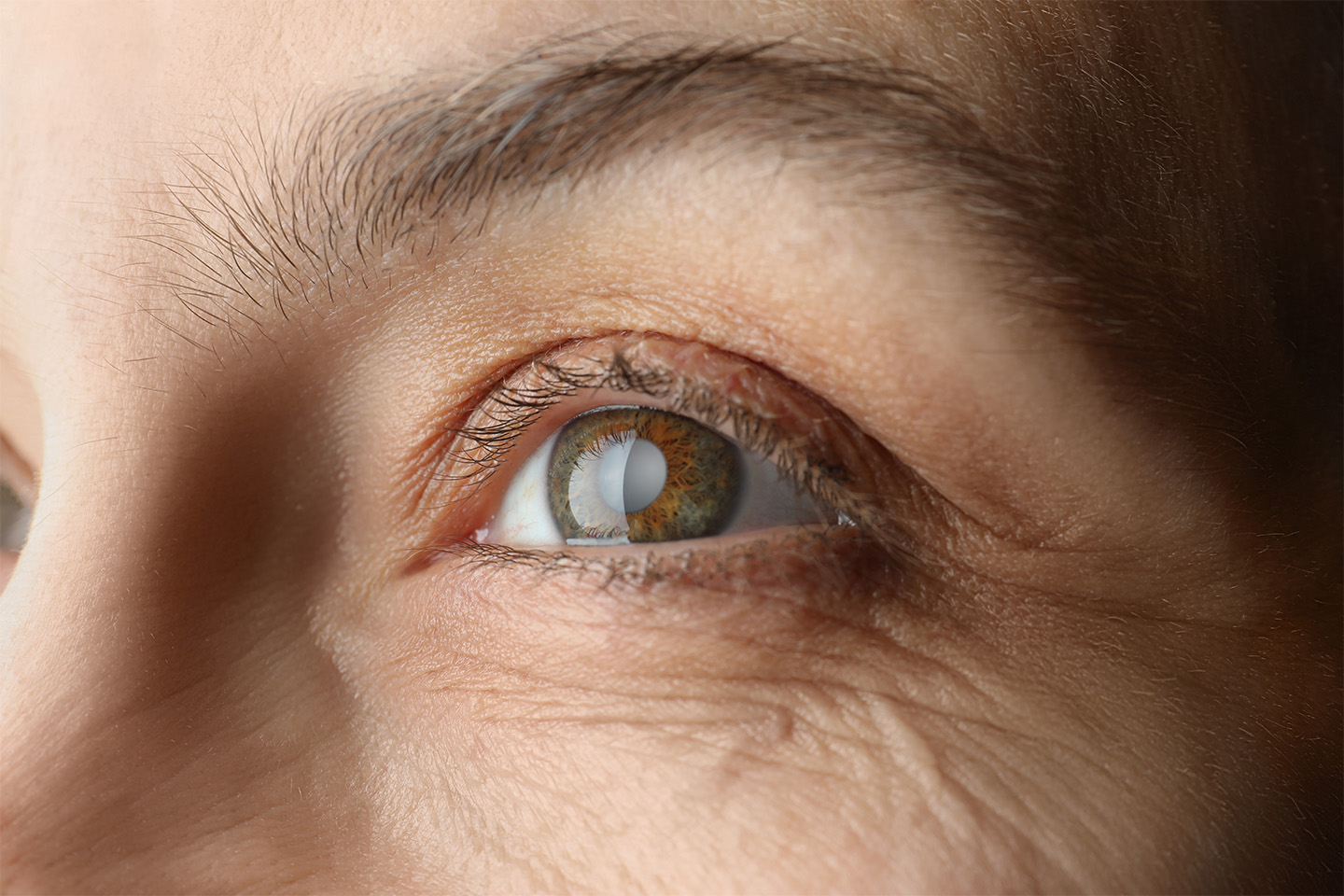What’s the Difference Between Glasses & Contact Lens Prescriptions?

What do our eye doctors in the Front Range at ICON Eyecare measure when they create an eyeglass or contact lens prescription for your vision correction? You’ll notice that both measuring processes have some steps in common, but the prescriptions are often a bit different.
Your Corrective Lens and Refractive Surgery Options
The optical characteristics of each person’s eyes are complicated. That’s why our top eye doctors in the Front Range are highly skilled in determining how to correct your vision with treatments like cataract and LASIK surgery in the Denver metro area, in addition to corrective lenses. Cataract replacement lenses go inside the eye, while LASIK surgery changes the outer shape of the eye’s cornea. Contact lenses fit your corneas, while glasses focus images from a short distance in front of your eyes. Each prescription reflects precise eye measurements and calculations.
Special Purpose Glasses and Contacts
In conditions like keratoconus, where the shape of the cornea is a problem, special contact lenses not only help improve vision, but help manage the shape of the cornea. In that case, glasses wouldn’t do the job. For specialized conditions like macular degeneration which uses glasses with small telescopes, and double vision requiring complex prism lenses, only glasses will do. Instead of multifocal contact lenses, some patients opt for monovision, with a distance prescription for the dominant eye, and a reduced lens power for near vision. As leading eye doctors in the Front Range, at ICON Eyecare we can find the right prescription for your vision needs.
The details of your glasses description:
- OS for the left eye
- OD for the right eye
- SPH indicates the “power” of the lens, measured in diopters, “+” for farsightedness, “-” for nearsightedness
- CYL&AXIS are a pair of values that specify correction for astigmatism, if needed, each between 0 and 180 degrees
- ADD additional magnification for near vision on bifocals and other multifocal lenses, usually between +0.75 and +3.00
- PD specifies pupillary distance, for spacing the lenses on your glasses to match your eyes. Sometimes this will be measured by your optometrist and not present on your prescription
For double vision, eyeglasses can include prismatic characteristics to help with eye alignment:
- BO base out
- BU base up
- BI base in
- BD base down
Contact lenses:
- OS, OD, and astigmatism values are like those for glasses, but specific to your contact lens fit
- BC base curve is the contact fit, a steeper curve or flatter
- DIA diameter is sized for your cornea
- Type of lens (brand) is usually specified
- Expiration date, usually one year
- Dominant eye (for monovision)
Our patients rely on us for expert eye care including cataract and LASIK surgery in the Denver metro area. Our skilled optometrists create vision correction prescriptions for special situations such as single-eye cataract surgery to provide our patients with the best vision possible. Look to our specialists for skilled eye surgery and care for eye conditions and diseases and get to know our team by visiting for your annual eye exams. Call for an appointment, we’ll see you soon.
[DISPLAY_ULTIMATE_SOCIAL_ICONS]








